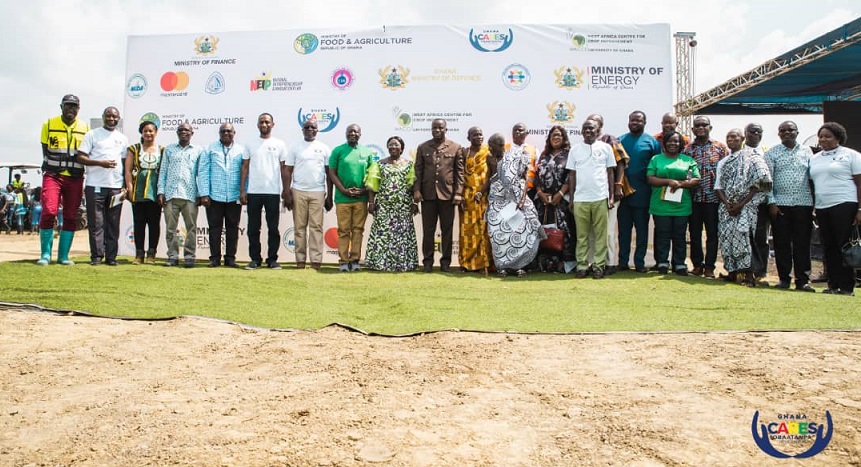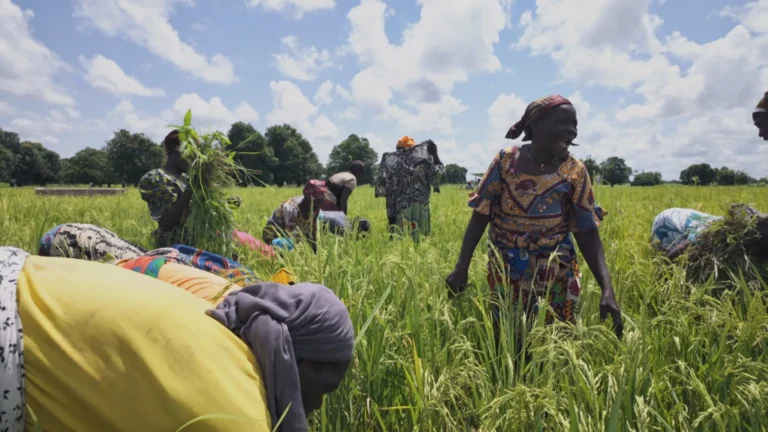Ghana unveils data-driven agribusiness zones in push for food sovereignty

Ghana has launched an ambitious initiative to establish large-scale agribusiness enclaves in Kasunya, Oti, and Afram Plains, in a bold pivot from traditional subsidy-driven agriculture toward research-led development.
The 50,000-acre project, spearheaded by the Millennium Development Authority (MiDA) in partnership with the International Finance Corporation (IFC), is based on a rigorous feasibility-first model, aiming to ensure long-term sustainability and investment appeal.
“This isn’t just about attracting investors but understanding anchor farmers’ actual needs,” said MiDA CEO Alexander Mould. He emphasized that infrastructure such as irrigation systems, road networks, and housing will only be constructed following in-depth assessments of each site’s viability.
The IFC is tasked with mobilizing private capital, while MiDA takes on the initial risk, mirroring successful agro-industrial zone strategies seen in other parts of the world.
The zones are being designed not only as farming hubs but as fully integrated agro-economies capable of catalyzing rural transformation.
The initiative has drawn praise from policy experts, including the think tank IMANI Africa, whose July 2025 policy review described it as a timely correction to past mistakes.
“Uncontrolled subsidies and unstudied projects have historically led to wasted resources,” the review noted, calling the new approach “a critical evolution in agricultural policy.”
The enclaves are also closely aligned with President John Mahama’s national food self-sufficiency agenda, targeting a significant reduction in Ghana’s $2.3 billion annual food import bill.
Early-stage research has been focused on soil health, climate impact, water availability, and market connectivity—an effort designed to prevent the infrastructural mismatches that undermined previous initiatives.
If successful, the project could mark a turning point in Ghana’s agricultural history, transforming underutilized land into thriving commercial farms while offering a replicable model for food security across the continent.



